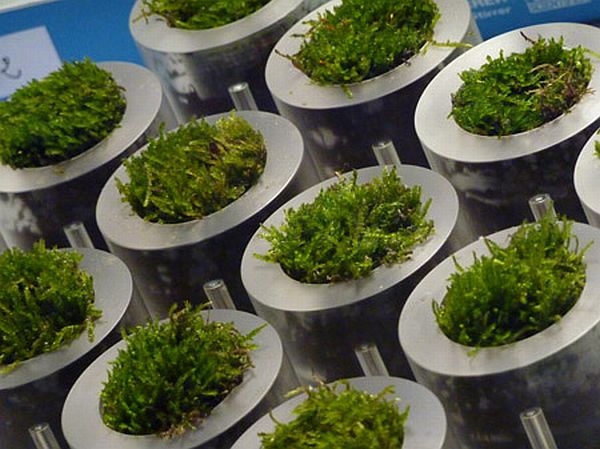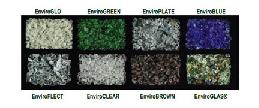 It sounds a bit strange but scientists at the Cambridge University are working with designers and trying to develop a next generation bio-photovoltaic system which can produce electricity from light with the help of artificial photosynthesis. Having this green vision, doctoral candidate Paolo Bombelli has teamed up with designers Alex Driver with Carlo Peralta to produce several concepts that work on the principle.
It sounds a bit strange but scientists at the Cambridge University are working with designers and trying to develop a next generation bio-photovoltaic system which can produce electricity from light with the help of artificial photosynthesis. Having this green vision, doctoral candidate Paolo Bombelli has teamed up with designers Alex Driver with Carlo Peralta to produce several concepts that work on the principle.
This team introduces the idea of using bio-photovoltaic systems at home for domestic use which according to the design team can generate 5-6 watts/sqm. The concepts designed for home are like lily pads, with each of the pad consisting of many algae-coated panels which store energy during daytime. All excess electrons that are generated during the day and not used after sunset.
The team also designed solar masts like a vertical tower which is covered with algae, as we know it’s a fast growing plant which helps in collecting sun’s energy. To feed the plant, water can be harvested from underground sources, thereby making the system self sufficient.
Bio-photovoltaic masts, which are filled with algae, also help in collecting rainwater the system is so efficient that some researchers thought them to be a good competitor of conventional solar panels. This plant-powered idea is going to be present in front of people during London design week in September 2011.
Via: Treehugger




